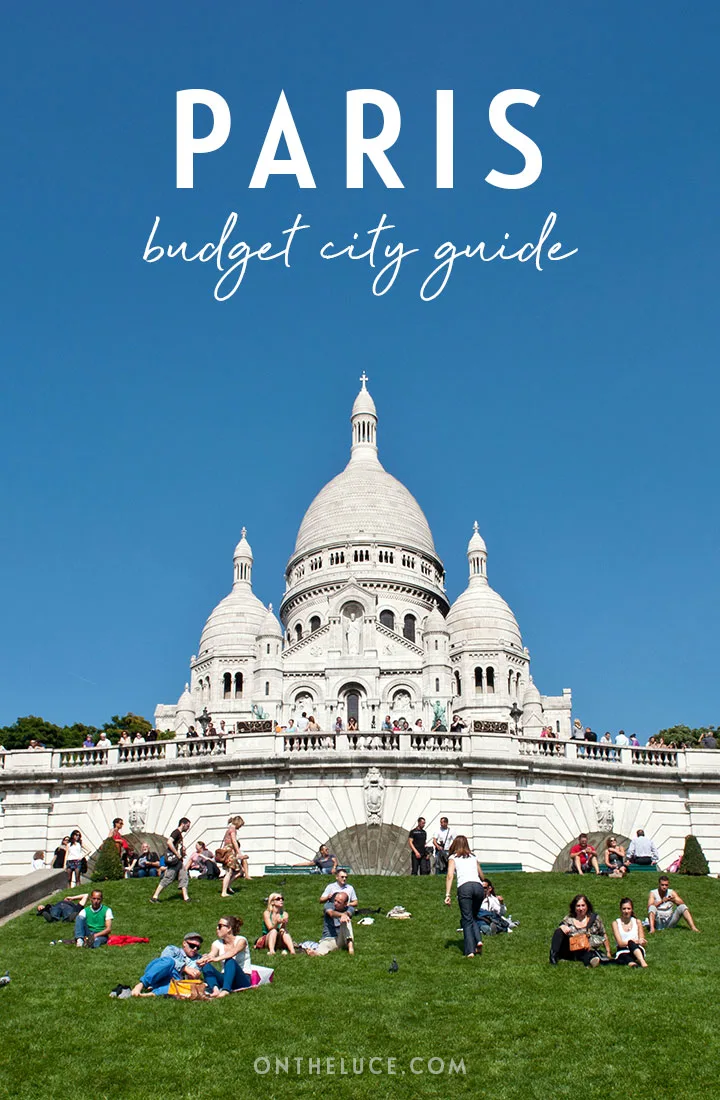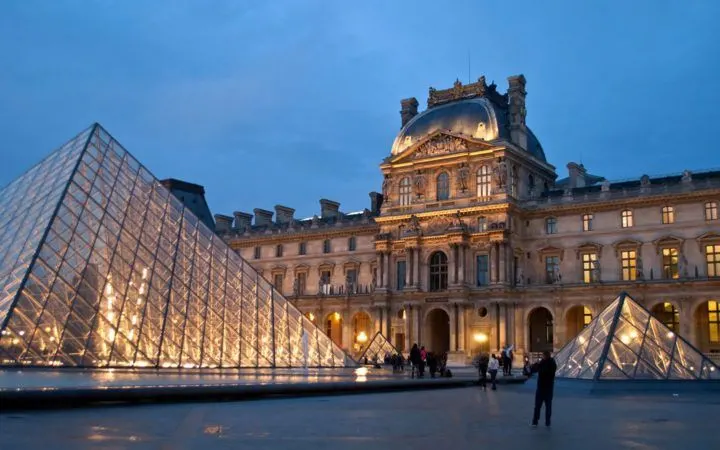Explore Paris on a budget with this guide to 17 of the best ways to cut your costs in the French capital, from discounted museum entry and free tours to cheap Paris transport and low-cost viewpoints.
* This site contains affiliate links, where I get a small commission from purchases at no extra cost to you.
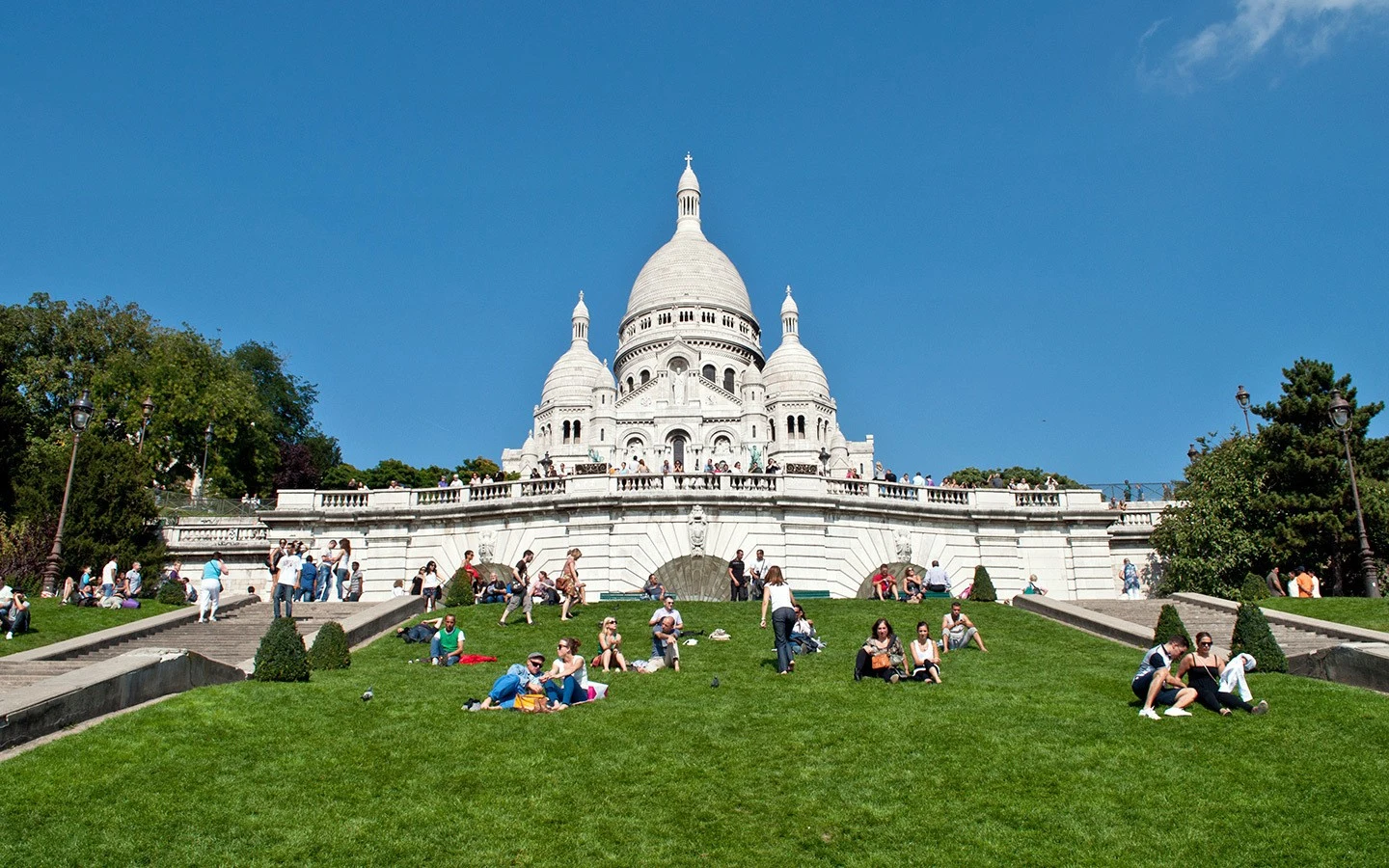
Its boulevards, bistros, world-class museums, galleries and architecture have made Paris one of Europe’s most visited cities. It’s one of my favourites too, and I’ve visited more than anywhere else. But with fantastic restaurants, shops and wine bars on every corner, as well as entrance fees to all those museums and attractions, prices soon start to add up.
So can you still enjoy Paris if you’re trying not to spend too much money? I think so – and this guide features 17 cheap and free things to do in Paris on a budget to make the most of the city without a big price tag. They feature everything from discounted entry to its best museums and free city tours to low-cost lunch deals and discounted transport.
Things to do in Paris on a budget

1. Join a free walking tour
If you’re visiting Paris on a budget, a free walking tour is a great way to get your bearings and learn about the city’s history. I’ve put together free self-guided walks (with maps and directions) for some of my favourite Paris neighbourhoods – Montmartre, Saint-Germain-des-Prés and the Marais – as well as a walk around Paris’ film and TV locations.
If you’d rather have a guide, Paris Greeters are local volunteers who offer free walking tours. You just need to put in a request via their website, ideally a few weeks in advance.
Or several different companies offer free walking tours, where you just tip your guide (€10–€15 is suggested). Discover Walks, Sandeman’s New Europe Tours and City Free Tour all run a mix of general sightseeing and Montmartre, Marais and Left Bank neighbourhood tours. They range from 90 minutes to 2.5 hours and most run every day.

2. Explore Paris’ parks and gardens
Paris has beautiful parks and gardens which are free to visit. The most well-known are the Jardin des Tuileries, Jardin de Luxembourg and the Jardin des Plantes botanical gardens. But there’s also the Promenade Plantée on an old elevated railway line, waterside walks along the Canal Saint Martin and Parc Monceau with its Egyptian pyramid.
Or why not explore Paris’ historic cemeteries, which are more like art galleries with their ornate tombs and sculptures? Père-Lachaise – the resting place of Oscar Wilde, Jim Morrison and Edith Piaf – is the biggest and most famous. But there’s also Montparnasse, Montmartre and the quieter Passy cemetery, which overlooks the Eiffel Tower.

3. Visit on the first Sunday of the month
Many Paris museums and monuments are free for everyone to visit on the first Sunday of the month. For some you need to book a timed slot in advance, but at many you can just turn up – though it gets very busy so arrive early and be prepared to queue.
Among the museums taking part are the Musée d’Orsay, Musée des Arts et Métiers, Musée du Quai Branly, Pompidou Centre, Eugene Delacroix Museum, Picasso Museum and the Cité de l’Architecture et du Patrimoine (you can see a full list here).
Others venues are only free on the first Sunday for part of the year, like the Arc de Triomphe, Sainte-Chapelle, Pantheon and Palace of Versailles (all from November–March) and the Rodin Museum (October–March). And the Louvre does things differently, and has free entry on the first Friday of the month instead (excluding July and August).
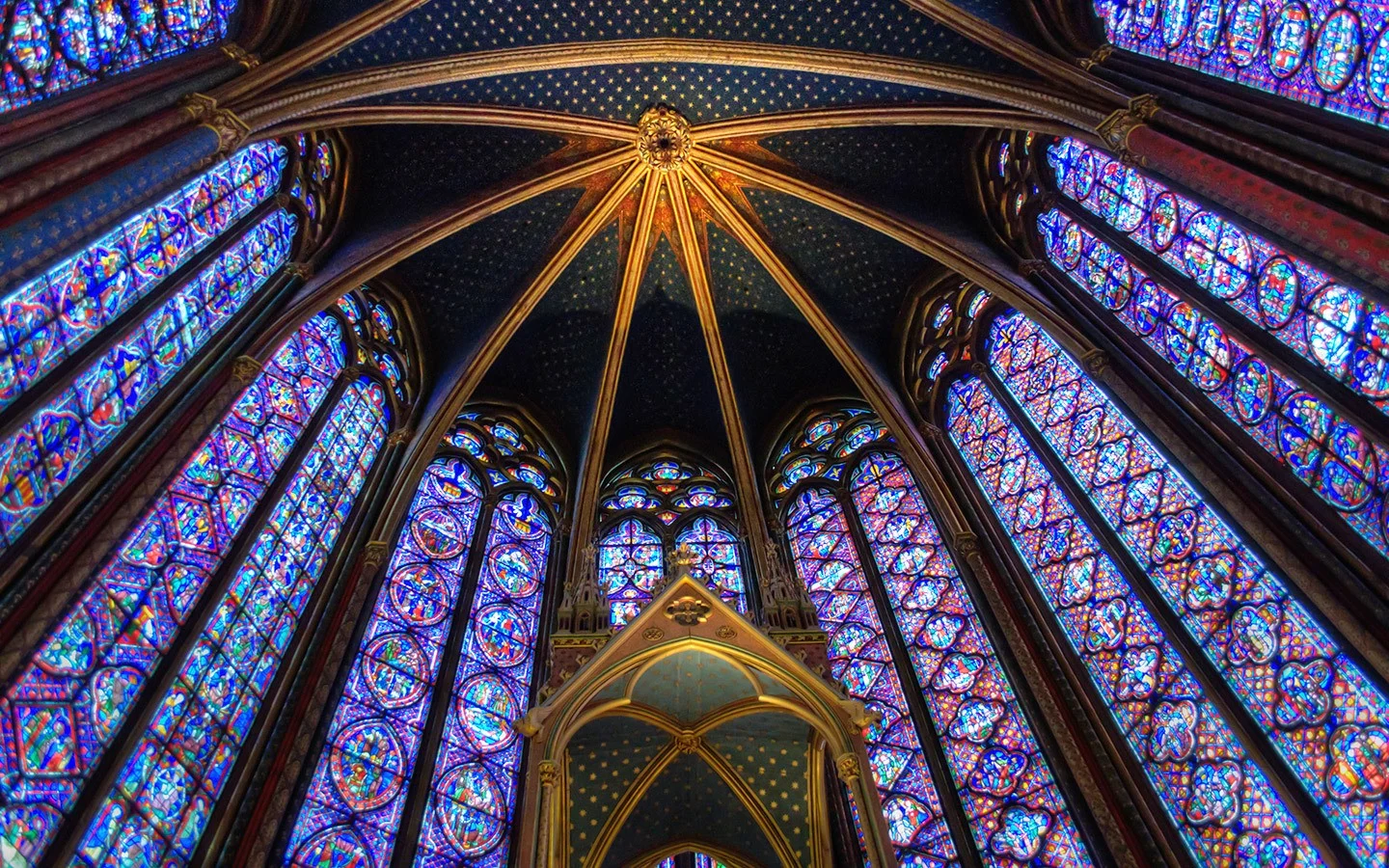
4. Or look out for other discounts
If you’re not going to be in Paris on the first Sunday of the month, other museums offer reduced or free entry on certain evenings. The Arts et Métiers science and technology museum is free between 6pm–9pm on Fridays. And the Musée d’Orsay does a reduced price ‘Late opening ticket’ for €12 (instead of €16) on Thursdays from 6pm.
If you buy a ticket for the Louvre you also get free entry to the Musée Eugène-Delacroix on either the same or the next day. And under 18s, EU citizens under 26, students and teachers get free admission to Paris’ national museums and monuments at any time.

5. Discover the city’s free museums
Paris also has lots of lesser-known museums across the city that either have free permanent collections or are totally free all the time. There’s a huge range of different museums, covering some fascinating (and sometimes obscure) subjects, including:
- Musée Carnavalet (history of Paris)
- Musée Cognacq-Jay (18th-century art)
- Musée d’Art Moderne de la Ville de Paris (contemporary art)
- Maison de Victor Hugo (the novelist’s former home)
- Fragonard Perfume Museum (history of perfume)
- Musée Curie (radiological research)
- Musée de la Prefecture de Police (police museum).

6. Check out Paris’ free viewpoints
There’s no shortage of places to get a view of Paris from up on high, including the Eiffel Tower, Montparnasse Tower and Arc de Triomphe. But you don’t have to pay an entry fee to get a panoramic city view, as there are plenty of free viewpoints too.
One of our favourite Paris budget views is from the rooftop terrace on top of the Galeries Lafayette department store on Boulevard Haussmann. It’s free to visit and looks down on the neighbouring Palais Garnier and across to the Eiffel Tower and Sacré-Cœur Basilica.
You also get great views across Paris from the Parc de Belleville, Parc des Buttes Charmont and the terrace in front of Sacré-Cœur Basilica – or if you want to get up higher and climb Sacré-Cœur’s dome it only costs €8. ‘The View of Paris’ at the Pompidou Centre is also free, as is the rooftop terrace at the Institut du Monde Arabe next to the Seine.

7. Climb the stairs at the Eiffel Tower
The Eiffel Tower is Paris’ tallest building and one of its most famous landmarks. But if you want to check out the views from 276 metres high it will cost you €29.40 for the lifts to the viewing platform at top. You can save money though by only going as far as the Tower’s second floor – particularly if you don’t mind climbing 674 stairs to get there.
You’ll only be 116 metres high but the views are still spectacular, and a ticket for the stairs is only €11.80. You can book online 14 days in advance or buy a ticket on the day.

8. Save on sightseeing with a city pass
If you’re planning to visit a lot of Paris’ top attractions, you can save money by buying a city pass. The Paris Museum Pass* is valid for 2, 4 or 6 days and and costs €62–€92. It covers 50 museums and monuments in and around Paris, including the Louvre, Musée d’Orsay, Arc de Triomphe, Pompidou Centre, Sainte-Chapelle and Palace of Versailles.
There’s also the Go City Paris Pass,* which gives you free entry to the Eiffel Tower, Louvre, Montparnasse Tower and Palace of Versailles, as well as a river cruise on the Seine, food and drink tastings, walking tours and a hop-on-hop-off sightseeing bus.
There are a couple of different versions of the pass – an All-Inclusive Pass for 2–6 days (which ranges from €179–€300, with discounts for children aged 12 or under). Or an Explorer Pass where you pick and mix 3–7 attractions of your choice (€104–€204).

9. Listen to a free church concert
Several churches in Paris have regular classical music performances, with brilliant acoustics and a beautiful backdrop. Concerts are free, but donations are welcome. You don’t need to book and can just drop in – though get there early if you want to be near the front.
The Église Saint-Merry near the Pompidou Centre has free concerts at 4pm on Sundays. There’s a mix of choirs, pianists, orchestras and soloists – the upcoming programme is available on their website. At Église Saint-Eustache you can hear the organist play at 5pm on Sundays. And there are also occasional free concerts at the Église de la Madeleine.

10. Enjoy free festivals and events
Paris has a busy calendar of free events through the year, so it’s worth checking what’s on when you plan your trip. In spring museums are open late for the Night of Museums (May). Summer sees the Fête de la Musique (June), art by night at Nuit Blanche (June), fireworks and parades for Bastille Day (July), and the Paris Plages beaches by the Seine.
In autumn there’s behind-the-scenes access at European Heritage Days (September), garden tours at the Fête des Jardins (September) and Montmartre’s Fête des Vendanges harvest festival (October). And in December there are Christmas lights and markets.

11. Take advantage of set menus
The French are passionate about food, but eating out in Paris can take a big bite out of your budget, especially in touristy areas. But you don’t need to go far off the main streets to find a bargain. To save money, eat out at lunchtime rather than in the evenings, and look out for formule or prix-fixe menus, with two or three courses from a limited menu.
You can also save by ordering a carafe d’eau (jug of tap water) instead of paying for bottled water. And a pichet (a quarter, half or full litre jug) of house wine is better value than buying wines by the glass or bottle. Bread is usually free with meals too.

12. Pick up a picnic
When the sun is shining, a Parisian picnic is a budget-friendly but scenic way to eat out. You can shop for local produce like cheese, charcuterie, olives and bread at markets like the Marché des Enfants Rouges, Marché Bastille and Marché Saint-Germain, or the foodie streets Rue Montorgueil (near the Louvre) and Rue Mouffetard (near the Panthéon).
You can also pick up a bargain bottle of wine from local supermarkets – though it’s a good idea to pack a bottle opener as screw tops are unusual in France.
Popular picnic spots include the Champ de Mars next to the Eiffel Tower, the banks of the Seine or along the Canal St Martin, the Jardin des Tuileries and Jardin du Luxembourg (though watch out as you’re only allowed on the grass in some areas of the parks).

13. Shop for bargains at a flea market
From vintage clothing and jewellery to furniture, paintings and all sorts of bric-à-brac, Paris’ flea markets are the place to pick up an offbeat bargain. And even if you don’t have space in your suitcase, these Marchés aux Puces are brilliant for browsing.
The Marché aux Puces de Saint-Ouen is the largest antique market in the world with 3000 traders across five streets and 12 markets (the nearest Métro is Porte de Clignancourt, Line 4). There are also smaller markets at Porte de Vanves (Porte de Vanves, Line 13), Montreuil (Porte de Montreuil, Line 9) and Rue d’Aligre (Ledru-Rollin, Line 8).
Bargaining is more common in the smaller markets. Take cash with you as not all traders accept card payments. And keep an eye on your valuables as pickpockets are common.

14. Save on the Métro using a carnet
Paris has an easy-to-use Métro system with frequent stops – sometimes they’re so close you can see down the tunnel from one station to the next! A single one-way ticket costs €2.15 and is valid on the Métro, RER regional trains within Paris, buses and trams.
To purchase a ticket, you can either buy a Navigo Easy pass (they cost €2 and are available from station ticket offices) and top it up with credit at a ticket machine or online. Or download the Bonjour RATP app and use it to buy tickets using your phone.
If you’re planning on making several journeys, you can save money by buying a carnet of 10 single tickets. The old cardboard Métro tickets are being phased out, but you can buy a contactless carnet for €17.35, saving €4 on the cost of individual tickets.
There are also travel passes available, but unless you’re planning a lot of travel in a short period of time a carnet is usually better value as they don’t have an expiry date. The Paris Visite Pass is targeted at tourists and covers 1, 2, 3 or 5 consecutive days from €14.90. Or there are daily, weekly and monthly Navigo passes if you’re staying in Paris longer.

15. Catch the RER from the airport
Paris has two main airports – Charles de Gaulle (30km to the northeast) and Orly (20km to the south). The cheapest and easiest way to reach them both is using the RER regional trains – steer clear of taxis as fares can rack up if you get stuck in the Paris traffic.
From Charles de Gaulle airport, the RER B takes 25–50 minutes into central Paris, depending on whether it’s a regular or express train. A single journey costs €11.80 and it stops at Gare du Nord and Châtelet Les Halles, where you can change onto the Métro.
From Orly airport, you take the RER B in the other direction. But first you need to catch the OrlyVal (an airport Métro) to Antony station, where you connect onto the RER. The journey into the city centre takes 25–35 minutes in total and costs €14.50 one way.

16. Rent a bike to get around
Over the last few years, hundreds of kilometres of cycle paths have been built around Paris. It’s become a much more bike-friendly city, and visitors can join in with the Vélib self-service bike rental scheme. Over 20,000 Vélib bikes are available – with both standard (green) and electric (blue) versions – from 1400 docking stations around the city.
To hire a bike you first need to register on the Vélib website, via their app or at a bike station terminal. Then buy your pass using a debit or credit card (you’ll also be asked to pay a refundable €300 deposit). Then you’re given an ID number and PIN to unlock the bikes. And when you’ve finished you just drop the bike off at another docking station.
A single ride costs €3 or you can get a 24-hour pass for €5 (€10 for electric bikes) and a 3-day pass for €20. The passes include unlimited short journeys (up to 30–60 minutes depending on which pass you have) so you can easily hop between sights.
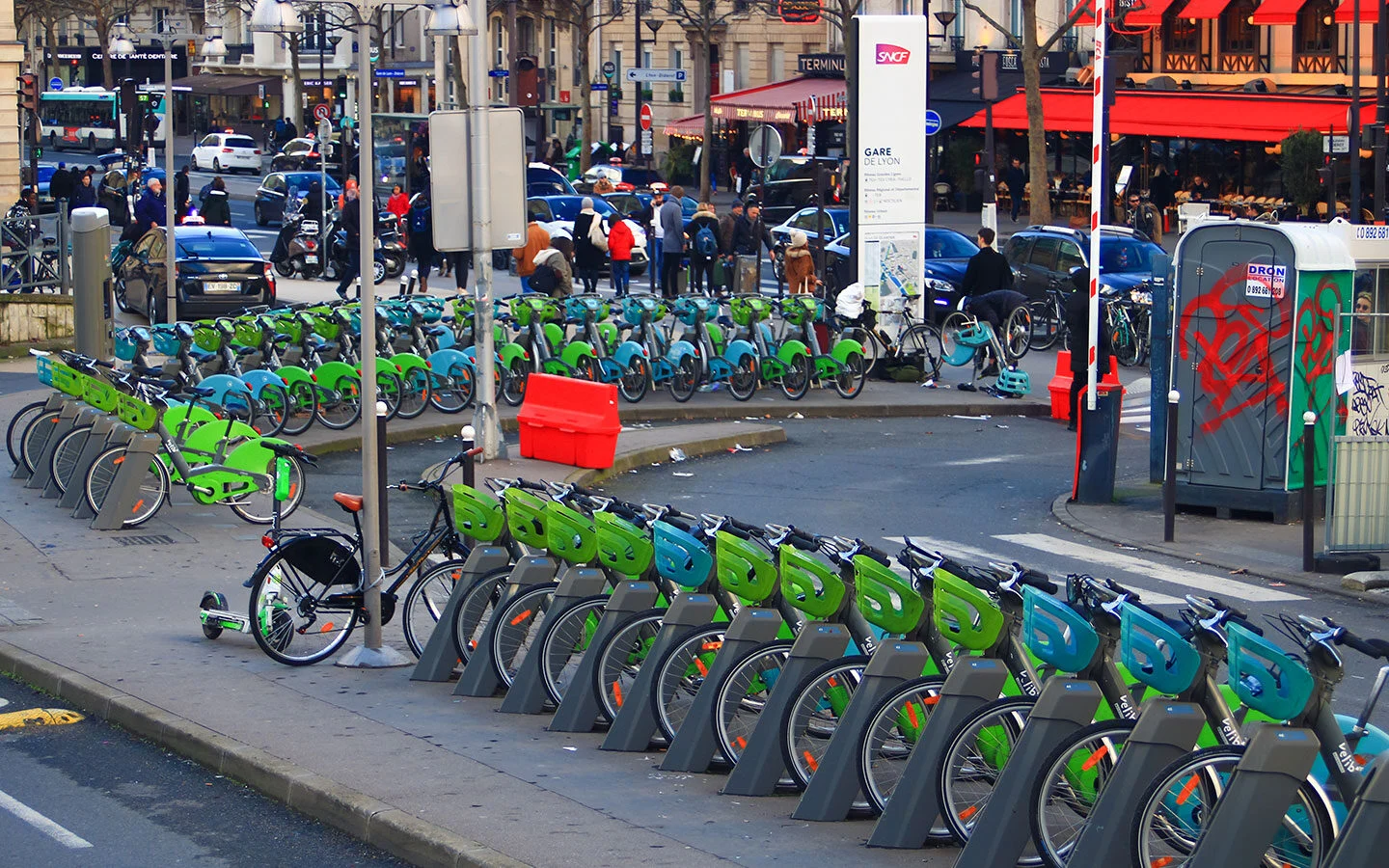
17. Take a budget sightseeing tour
For a cheaper alternative to the hop-on-hop-off tourist buses, take one of Paris’ regular public buses on a sightseeing route through the city. You might not get the on-board commentary, but the views are just as good and it only costs €2.10 for a single journey.
There are a few different routes which run past the top city sights. The 69 bus travels east–west across Paris, passing the Eiffel Tower, Louvre, Pont Neuf, Marais, Bastille and Père Lachaise Cemetery. Or the 42 bus goes from the Gare du Nord to the Place de la Opéra, Place de la Concorde, Champs-Élysées, Pont de l’Alma and Eiffel Tower.
Another scenic journey is the Métro trip on Line 6 between Passy and Bir-Hakeim, which crosses the river on a viaduct with fantastic views of the Eiffel Tower.

Save for later

